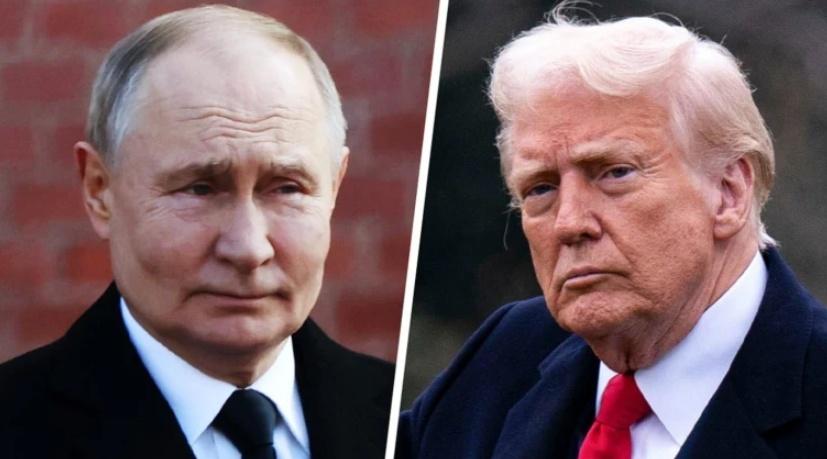
Russian President Vladimir Putin and US President Donald Trump spoke on the phone on March 18, focusing on the normalization of Russian-US relations and the situation in Ukraine. This call was the second direct dialogue between the two sides after their first call on February 12, and is seen as a key node for whether the Russian-Ukrainian conflict can achieve a breakthrough.
What was discussed
Russia said that the two sides had detailed and frank exchanges on the situation in Ukraine. Putin put forward conditions for Trump’s 30-day ceasefire proposal
The Russian Kremlin website reported on the 18th that the leaders of the two countries continued to have detailed and frank exchanges of views on the situation in Ukraine.
1
Russia and Ukraine will exchange 175 prisoners
Putin informed Trump that Russia and Ukraine will exchange 175 prisoners on the 19th.
Putin said that Russia supports the peaceful resolution of the conflict and is willing to work with its US partners to develop a feasible mediation plan that should be comprehensive, stable and long-term, and must take into account the absolute necessity of eliminating the root causes of the crisis and Russia’s legitimate interests in the security field.
2
Russia supports the proposal that Russia and Ukraine will not attack each other’s energy infrastructure within 30 days
During the talks, Trump proposed that Russia and Ukraine promise each other not to attack energy infrastructure targets within 30 days.
Putin responded positively to this initiative and immediately issued relevant instructions to the Russian army.
3
Russia emphasized that the key prerequisite for resolving the Russia-Ukraine issue is to stop military aid to Ukraine
During the call, in response to the 30-day ceasefire initiative proposed by the United States, Russia emphasized several key conditions: effective supervision of the ceasefire across the board, and the need to stop forced mobilization and rearmament of the armed forces in Ukraine. Russia also pointed out that there is a major risk of breach of trust in the Ukrainian regime, which has repeatedly violated existing agreements. Special attention is drawn to the brutal terrorist acts committed by Ukrainian militants against civilians in Kursk Oblast.
Russia emphasized that the key prerequisite for preventing the escalation of the conflict and promoting a political and diplomatic solution is to completely stop foreign military aid and intelligence support to Ukraine.
4
Russia says if Ukrainian troops surrender, they will be treated humanely
Regarding Trump’s recent call to “save the lives of Ukrainian soldiers besieged in Kursk Oblast”, Putin said that Russia is willing to uphold humanitarian principles and promise that if Ukrainian troops surrender, their right to life will be protected and treated humanely in accordance with Russian law and international law.
5
Russia agrees to start negotiations on the Black Sea shipping security initiative
Putin responded constructively to Trump’s Black Sea shipping security initiative.
The two sides agreed to start negotiations to clarify the specific details of the initiative.
6
Russia and the United States will strengthen bilateral cooperation and global security cooperation
During the call, the two sides expressed their common desire to normalize bilateral relations in the context of Russia and the United States’ special responsibility for world security and stability. The two sides discussed a series of ideas aimed at promoting mutually beneficial cooperation in the future economic and energy fields.
Trump supported Putin’s proposal to hold a Russian-American ice hockey game composed of NHL and KHL players in the United States and Russia.
Putin and Trump also discussed other international issues, including the situation in the Middle East and the Red Sea region. The two sides will work together to stabilize the situation in the crisis area and strengthen cooperation on nuclear non-proliferation and global security issues.
The two presidents agreed to maintain communication on all topics of discussion.
The United States said that both sides agreed to end the Russian-Ukrainian conflict and improve bilateral relations between the United States and Russia.
On March 18, local time, the White House issued a statement saying that US President Trump had a phone call with Russian President Putin on the same day. The two sides talked about the need for peace and ceasefire in the Ukrainian conflict, and both agreed that the conflict needs to end with lasting peace. Both sides also emphasized the need to improve bilateral relations between the United States and Russia.
The statement stated that the Russian-Ukrainian conflict should not have started and should have ended long ago with sincere and goodwill peace efforts. The two leaders agreed that achieving peace will start with a ceasefire in energy and infrastructure, as well as technical negotiations on the implementation of a maritime ceasefire in the Black Sea, a comprehensive ceasefire and permanent peace. The statement said that these negotiations will be carried out in the Middle East.
The leaders of both sides believe that the future of improved bilateral relations between the United States and Russia will bring huge benefits.
The two sides also further discussed the need to prevent the proliferation of strategic weapons and will work with other countries to ensure that it is implemented as widely as possible.
Trump: The call was “very good and productive”
After the call, US President Trump posted on his social media platform “Real Social” that day that his telephone conversation with Russian President Putin that day was “very good and productive.”
He said that the two sides agreed that Russia and Ukraine would abandon the proposal to attack each other’s energy infrastructure at the same time, and agreed to work quickly to achieve a comprehensive ceasefire and ultimately end the conflict between Russia and Ukraine.
Trump said that the two sides discussed many elements of the peace agreement, and both Russian President Putin and Ukrainian President Zelensky wanted to end the war. He hopes to get the job done.
Zelensky confirmed that he would exchange prisoners with the Russian side
Looking forward to a dialogue with Trump
On March 18, local time, Ukrainian President Zelensky said he looked forward to talking to US President Trump and hoped to learn from Trump the details of his call with Russian President Putin.
Ukraine supports the US proposal to stop attacking energy facilities
Zelensky said that Ukraine will support the US proposal to stop attacking energy facilities. But if Russia attacks Ukraine’s energy facilities, Ukraine will respond.
He said that Putin made a request to Trump in the hope of weakening Ukraine as much as possible. In addition, Zelensky said about the situation in Kursk that Ukrainian troops are still stationed in the Kursk region, “as long as Ukraine needs this operation, they will remain there.”
Zelensky also confirmed that Ukraine and Russia are about to exchange prisoners.
Ukraine is ready to take the necessary steps and Russia needs to show sincerity
Ukrainian President Zelensky was interviewed by the media on the night of the 18th and commented on the preliminary information of Trump’s call with Putin and the prospects for the end of the conflict.
Zelensky said that Ukraine is ready to take the necessary steps, but Russia needs to show sincerity at present. Zelensky believes that it is Russia that needs and is still delaying the conflict.
Zelensky said that negotiations without Ukraine’s participation will not be fruitful
Zelensky said that he has not yet spoken to the US President. Only after the call can it be clear which specific proposals will be supported. Zelensky emphasized that negotiations on the Ukrainian issue without Ukraine’s participation will not be fruitful.
Zelensky also hopes that Trump will realize that Russia plans to launch offensive operations in Zaporizhia, eastern Ukraine, Kharkiv and Sumy in order to put maximum pressure on Ukraine, and then put forward an ultimatum in a strong posture.
Frequent contacts between senior US and Russian officials before
Paving the way for the call between the heads of state
Since the first call in February, the US and Russia have intensively launched multiple rounds of diplomatic contacts:
Ice-breaking call between Russia and the US: On February 12, Trump and Putin had a 1.5-hour conversation, pressing the start button for the negotiations between the two sides to resolve the conflict between Russia and Ukraine.
Saudi Arabia’s four-point consensus: On February 18, the US and Russian delegations reached an agreement in Saudi Arabia, including establishing a consultation mechanism, promoting the end of the conflict between Russia and Ukraine, and resuming the operation of diplomatic missions.
Temporary ceasefire proposal: On March 11, the US and Ukraine reached a “30-day temporary ceasefire agreement” in the talks in Jeddah, Saudi Arabia, in exchange for the US resuming military aid to Ukraine. On March 13, US Middle East envoy Witkov visited Russia and held a closed-door meeting with Putin for about 4 hours. Although the Russian side agreed in principle, it stressed the need to ensure “long-term peace” rather than a respite.
US and Russian foreign ministers spoke on the phone: On March 15, US Secretary of State Rubio spoke on the phone with Russian Foreign Minister Lavrov to discuss the next steps to end the Russian-Ukrainian conflict. A series of intensive high-level interactions laid the foundation for the call between the US and Russian heads of state, and also showed the willingness of both sides to promote the resolution of the Russian-Ukrainian conflict.
Ukrainian measures continue
Internal adjustments attract attention
Facing the peace talks led by the United States and Russia, Ukraine has also adopted multiple strategies to gain the right to speak recently.
On the one hand, actively seek support in diplomacy. On March 11 local time, the United States and Ukraine met in Saudi Arabia to continue discussing the US-Ukraine mineral agreement and coordinate positions on issues related to the Russian-Ukrainian peace talks. Ukraine also proposed a partial ceasefire plan, hoping to use this to prompt the United States to revoke its decision to freeze intelligence sharing and arms supplies to Ukraine.
On the other hand, adjustments were made at the military command level. On March 16, Ukrainian President Zelensky ordered the replacement of the Ukrainian Chief of General Staff. The Ukrainian side explained that since the Trump administration announced the suspension of military aid and intelligence sharing on March 3, the Ukrainian army’s control over Kursk has been in danger, and the US-made “HIMARS” rocket launcher has almost lost its effect.
The situation on the Russian-Ukrainian battlefield is stalemate
The two sides are still engaged in fierce exchanges of fire
On the eve of the call, the Russian-Ukrainian battlefield was still filled with smoke. Araudinov, deputy director of the General Political Department of the Russian Armed Forces, said on the 18th local time that the Russian army’s advance has achieved remarkable results, and almost all settlements in Kursk Oblast have been controlled by the Russian side.
The General Staff of the Ukrainian Armed Forces issued a war report stating that as of the afternoon of the 17th local time, 98 battles had occurred in the front-line area. In the Kursk region, the Ukrainian army repelled four Russian attacks, and the battle is still ongoing. The General Staff of the Ukrainian Armed Forces has previously confirmed that the Ukrainian army has withdrawn from Suja, an important stronghold in the Kursk region. On other contact lines, the fighting between the two sides is mainly concentrated in Donetsk, Luhansk, Kherson, Kharkiv and other directions. At the same time, the Russian military continued to attack airports in Ukraine and energy facilities that provide support to military-industrial enterprises.



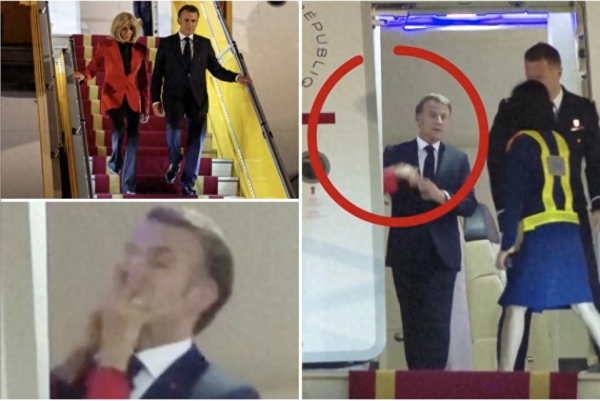
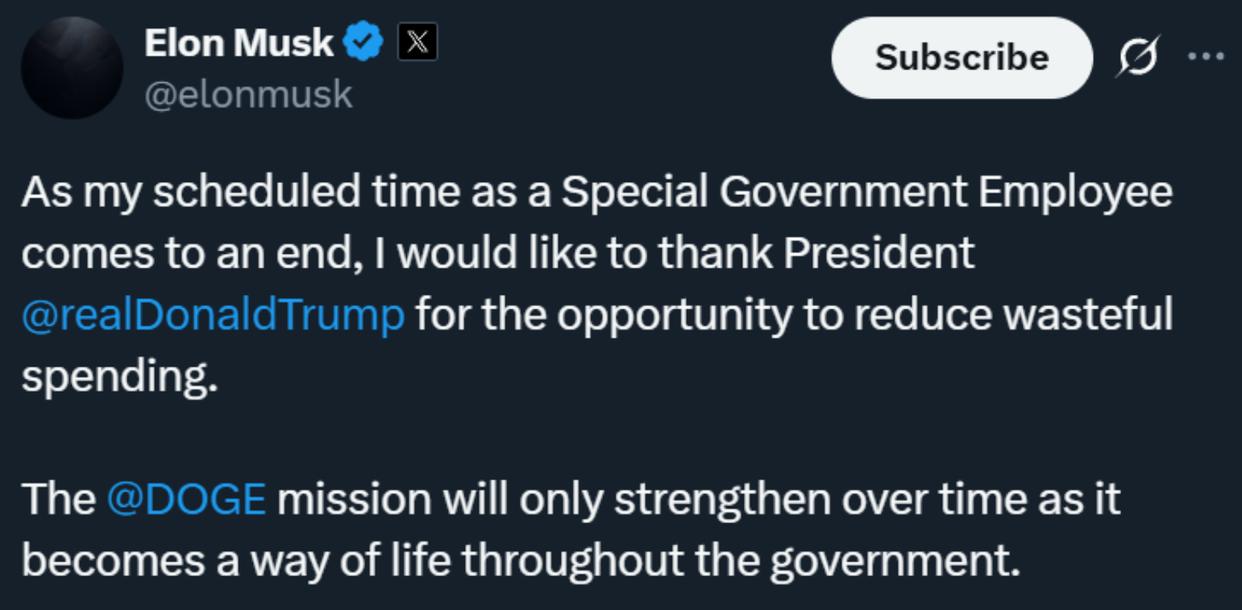

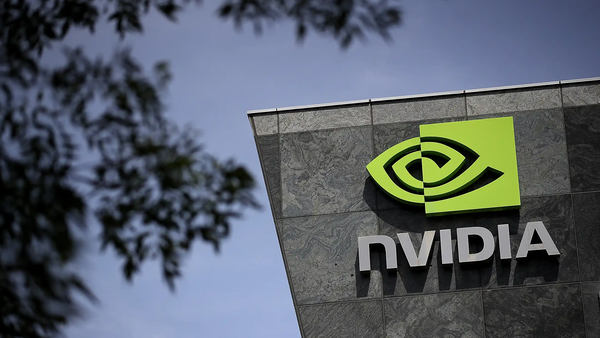

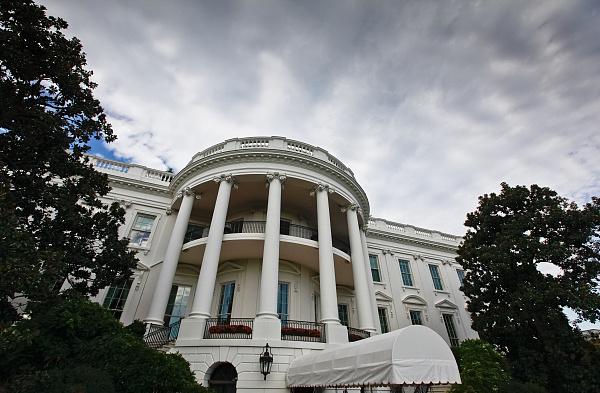
hi